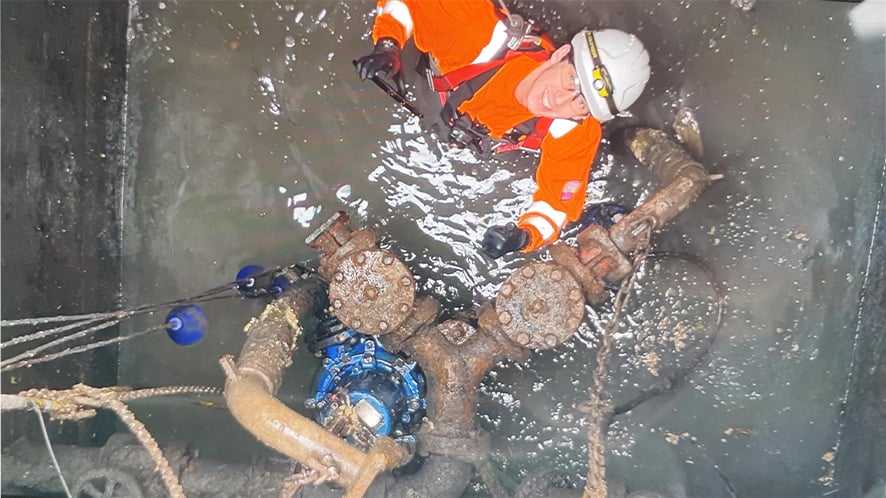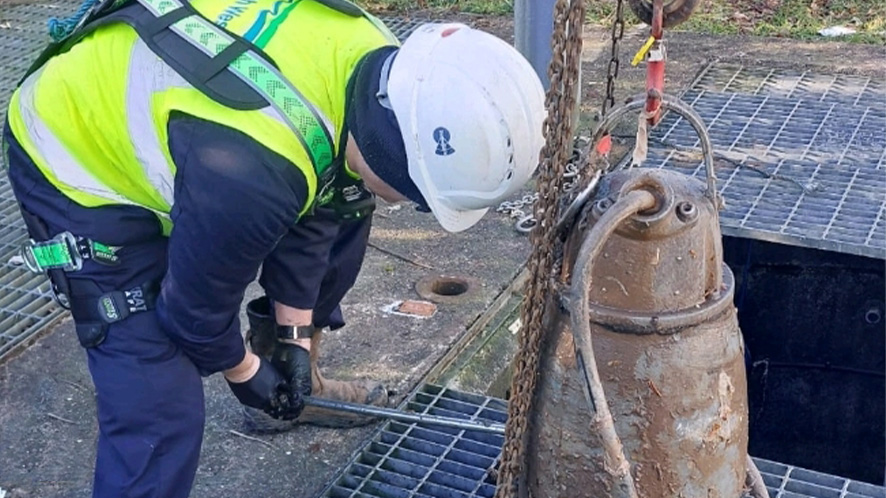
East Devon
Managing wastewater and protecting water quality
About the catchment
In this area there are 250km of rivers and streams as well as a coastline which includes 13 designated bathing waters and 4 designated shellfish waters.
Why do we have storm overflows?
Storm overflows act like safety valves on the wastewater network. When the system becomes too full (for example, after heavy rain), storm overflows release the excess. If they didn’t work, sewage would build up in pipes and flood into people’s gardens and homes.
We want to reduce the need for storm overflows to operate, which is why we’re investing record amounts into improving, expanding and upgrading our network to better cope with the volumes of wastewater it deals with.
How we’re reducing our reliance on storm overflows in this catchment
We are reducing our reliance on storm overflows by:
- Reducing the amount of rainwater and groundwater entering our system
- Slowing the flow of water through the environment
- Increasing our network’s capacity to store and treat flows
Our monitoring teams constantly review data being sent back to us from our EDMs, sewer level monitors, river water quality monitors, flow and pressure monitors and water samples. This constant data-gathering is fundamental to modelling our system and identifying areas for improvement.
For this catchment, this means:
Case study: Peatland Restoration on Exmoor National Park
Our teams are doing an incredible job up on Exmoor, restoring the natural peatland. This allows the land to hold water, so less runs off into the rivers (which has a negative impact on water quality). Looked after properly, peat also extracts huge amounts of carbon from the air which improves the environment in other ways.
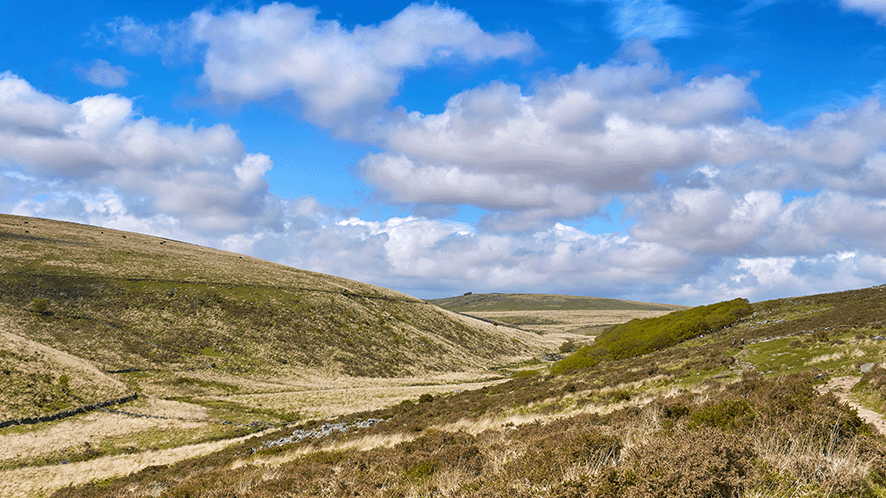
River health
We use the Environment Agency’s measures of river health to assess our impact on rivers. Ecological status of our rivers are at a national low (just 14% of rivers achieved Good in 2022).
Currently, in our area, 12% of Reasons for Not Achieving Good Ecological Status (RNAGs) are associated with our activity. We estimate that our investments into our storm overflows will reduce this to c.9% by 2025, and we aim to make further investment to reduce this to 0% by 2050.
There are a lot of other factors that impact the quality of river and coastal waters. The pie chart below shows what they were in 2023, and the percentage of RNAGs they caused.
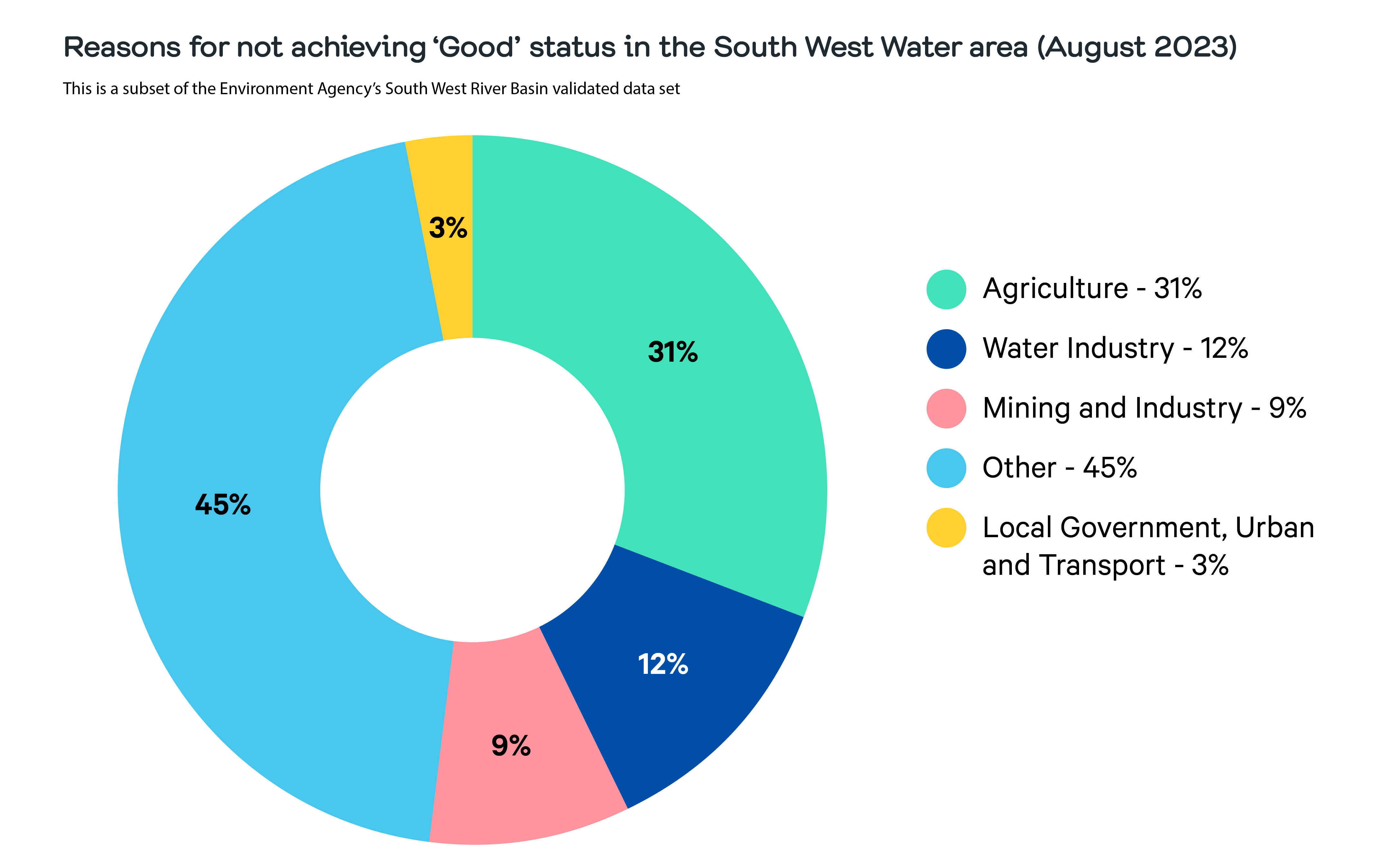
We work in partnership with others to improve water quality across our region and to help clean up the rivers in the South West.
Case study: Creating wetland areas
Slowing the flow of water through the environment
We've been working with a local landowner near Loxbeare to reduce the amount of sediment and nutrients flowing into the river. By creating a wildlife pond and wetland area, we've managed to slow the flow of water across the site. This not only reduces the amount of pollutants entering the river, but also reduces flood risk and increases biodiversity.
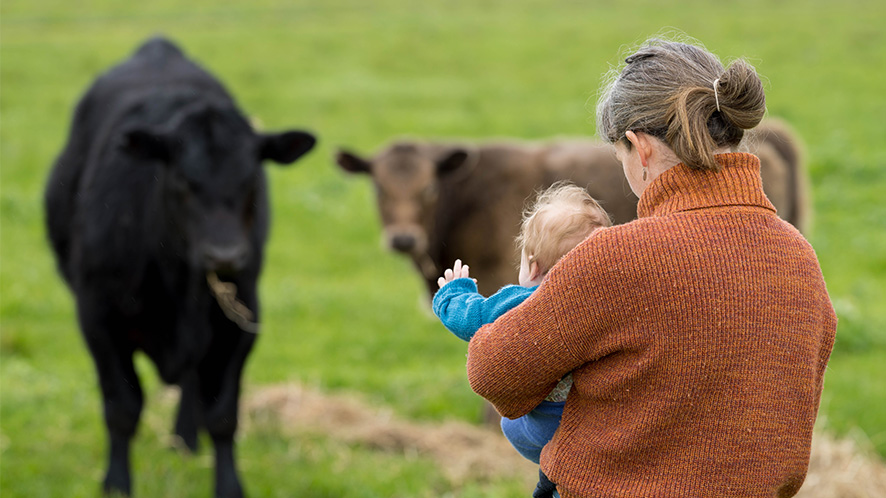
The important role you play
A note for businesses
Areas of East Devon welcome up to 24% more people in the summer. This means it’s a hotspot for hotels, restaurants, and cafes. If you own a catering or food-related business, we’ve got some useful information just for you about using our sewers in the right way.
Living in and serving East Devon
Craig, Chris and Tyler all live in and around Exeter, and maintain our sewage pumping stations across East Devon, making sure everything is functioning properly and that our sites are safe.
“We may find that the pumps are not working as they should because of a blockage,” explains Craig. “Simple things put down the toilet can cause this to happen, from wet wipes to pants.”
Tyler adds, “Working in the area you live in gives you more understanding about the impacts fats, oils and grease, hair and single-use products like wet wipes, have on our environment. When we have to clear blockages and fix equipment that’s been broken by these things, we have to react immediately, so the more proactive work that could improve our network is put on hold.”
“Working on the pump stations has shown me how careless people can be and in turn what could happen should our stations not work properly,” agrees Chris. “If people just took a bit more care, then we would all have the benefit of keeping this lovely area looking amazing.”
